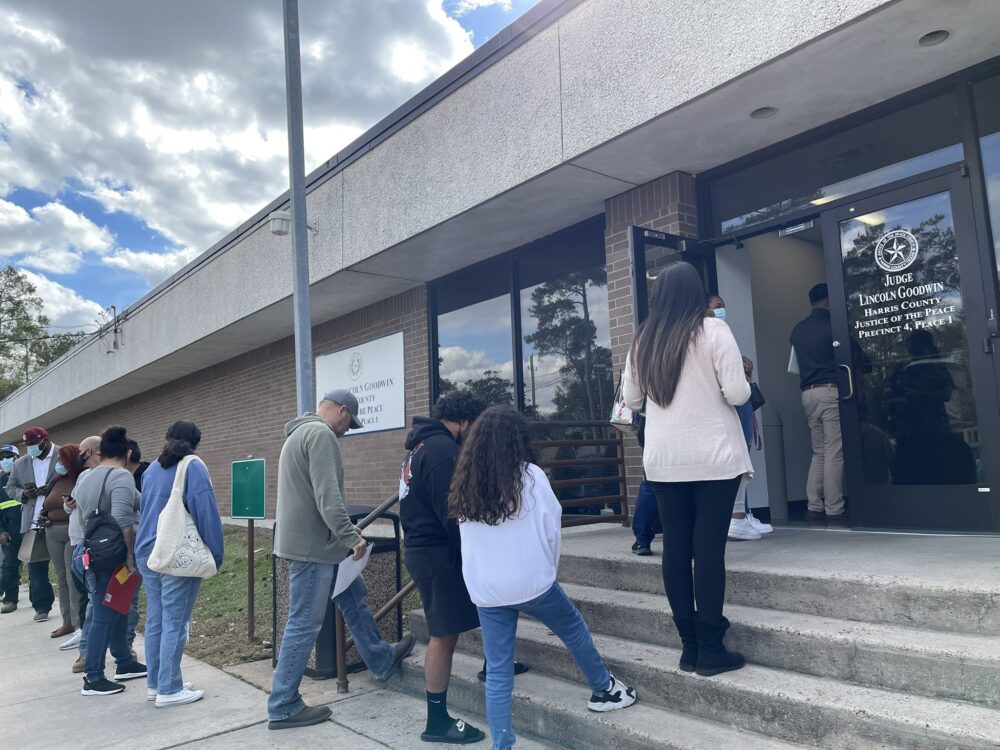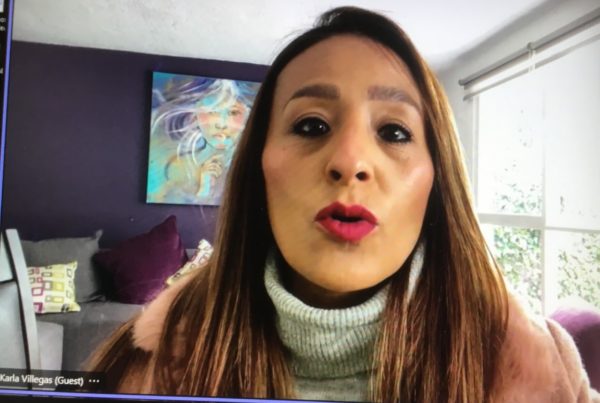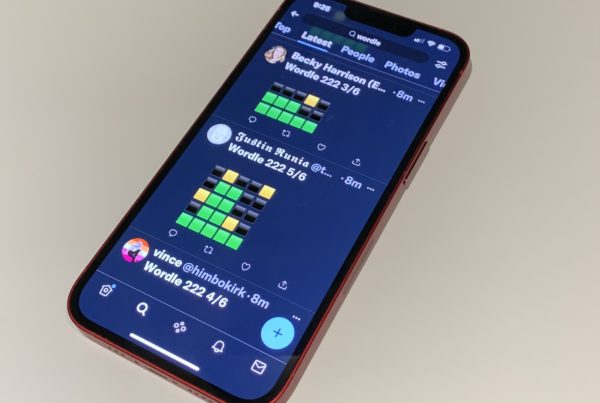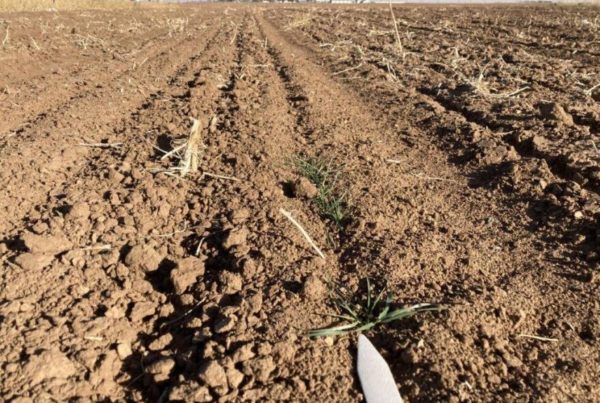The state rent relief program is out of money. The national eviction moratorium ended months ago. Pandemic unemployment benefits in Texas expired over the summer. While the pandemic isn’t over, most of the state’s court safety regulations have ended or are set to expire soon.
That means more eviction filings and, in some areas, crowded courtrooms that make it near impossible to stay safely distant indoors: So far this month, more than 4,600 eviction cases have been filed in Harris County as the omicron variant led to climbing case counts and hospitalizations.
During the week of Jan. 10, more than 2,033 cases were filed in Harris County, compared to 693 cases filed during the same period last year, according to Jeff Reichman, principal at the consulting firm January Advisors.
“That’s almost three times as many cases filed this January as there were last January,” Reichman said. “We’re really on trend with pre-pandemic numbers.”
In 2020, 2,180 cases were filed during the same time period.
Earlier this month, during the week of Jan. 10, more than 2,033 cases were filed in Harris County compared to 693 cases filed last year, Reichman said. During the same week of 2020, 2,180 cases were filed.
The increase in eviction cases is hitting some courts more than others: Just as some neighborhoods have far more evictions, certain courts take on far more cases.
Last Tuesday, Harris County Judge Lincoln Goodwin’s court scheduled 275 evictions to be heard on the same day — half of them at 9 a.m. and the other half at 1 p.m.
Every seat in the courtroom was taken. A line stretched down the hallway and into the parking lot. The judge and court staff weren’t wearing masks.
Eric Kwartler, an attorney with South Texas College of Law, said he feels at risk of getting COVID-19 when he’s there representing renters.
“Do I feel safe? No. I never do,” Kwartler said. “I never feel safe when I go into an environment like that.”
The court has cut back on virtual hearings, Kwartler added, only allowing virtual hearings for those who submit proof of a positive COVID test.
“I had a client cough on me at one point and then tell the court that his wife was at home with COVID,” Kwartler said.
A sign in Goodwin’s court reads: “We ask our customers to practice social distancing and maintain a safe distance from each other.”
“After the turn of the year, things get particularly busy,” Goodwin told the crowded courtroom last week.
It’s a different story at some Harris County courts located in areas with fewer eviction cases. Some judges are still capping the number of cases they’ll schedule at one time.
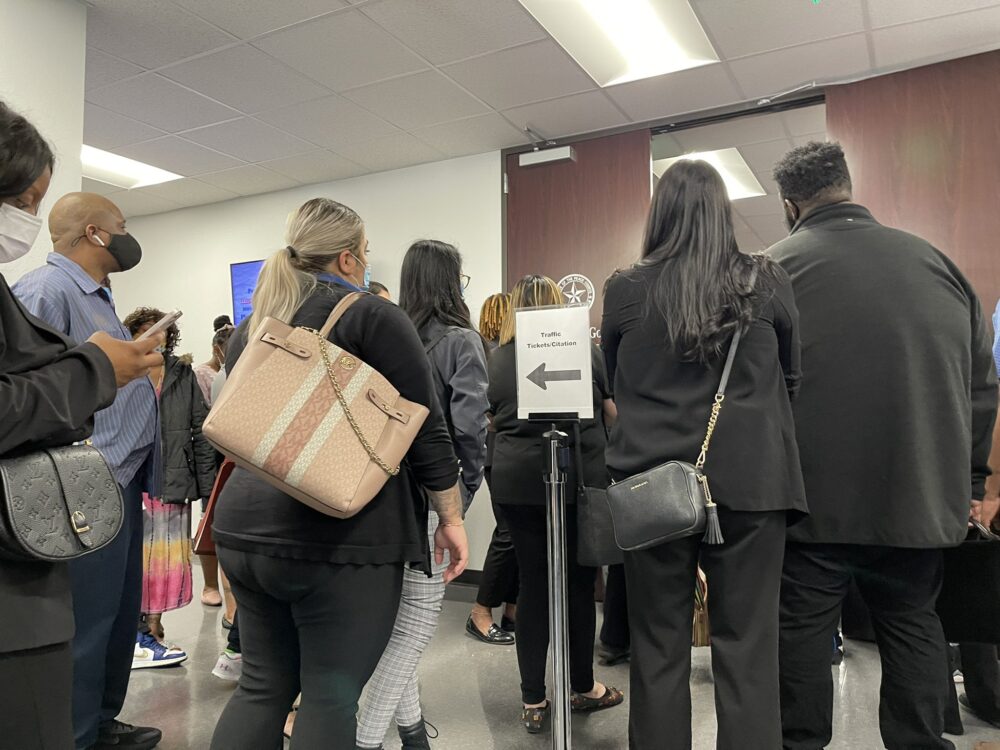
At a Harris County courthouse, over 200 eviction cases were scheduled on the same day.
Last Thursday, in Judge Eric William Carter’s court, every other seat was blocked off to enforce social distancing. The judge and staff wore masks. A law enforcement officer handed out lollipops to a family with five kids waiting for their case to be heard.
During the pandemic, Texas courts have followed dozens of COVID-19 safety orders issued by the Texas Supreme Court. Most of those requirements have since ended.
“I do understand that they’re in a bind,” Kwartler said. “When you have that many filings, you do have to hear all those cases. There are statutory limits on how long you have to set a case for an eviction, and they were suspended before but now they aren’t.”
Texas Supreme Court Chief Justice Nathan Hecht, when asked why a Harris County court was crowded with 275 cases on the same day, described some of the difficulties with virtual hearings.
“In places like Houston, there are just going to be a whole lot more cases,” Hecht said. “We’ve done all we can do — well, no, I take that back — we’ve done a lot, not all we can do, to try to encourage judges to hear these cases remotely. And there are a lot of challenges with that.”
Hecht added that courts are working to set up digital kiosks and trying to figure out ways to use parts of courthouses or surrounding areas to decrease crowded areas.
Many tenants facing eviction don’t have access to smartphones or computers that enable them to participate virtually, he said. And the courts have struggled with virtual hearings, as well.
“It’s just a whole lot easier for the judge and the staff to just sit there while the cases march in front of you, and you just handle one after another, than it is to kind of call the next one, call the next one on a Zoom hearing or something,” Hecht said. “Even after all this time, we’re still kind of getting used to Zoom.”
Hecht didn’t criticize courts scheduling large dockets resulting in crowded courtrooms, but said they did have “a ways to go.”
“The judges want to keep up,” he said. “They don’t want courtrooms to be closed. They don’t want justice to be inaccessible. They want to keep up with their work. Trying to do that and keep people healthy is a real challenge.”
Two weeks ago, Hecht published a letter in the New York Times arguing “it should take more than 10 minutes to evict someone” and praising the state’s eviction diversion program, which helped landlords and renters prevent evictions by connecting them with emergency rental assistance.
Hecht touted the Texas program as the best in the country because courts were required to notify tenants about the program, state rent relief payments were issued quickly, and judges were required to allow legal aid attorneys to join proceedings and represent any renters who requested assistance.
The Texas Supreme Court ended the state’s eviction moratorium in May 2020, while some other states, counties and cities have continued to renew their protections. This week, Los Angeles County’s Board of Supervisors voted to extend countywide eviction protections through the end of 2022.
Hecht said ending the Texas moratorium in May 2020 was the right decision.
“As the weeks wore on, and you kind of got an idea, even though it was serious this is what it’s going to be, then at some point you’ve got to get back to some semblance of order,” Hecht said. “Because the problem is not going to get any better and people need to start working through solutions.”


